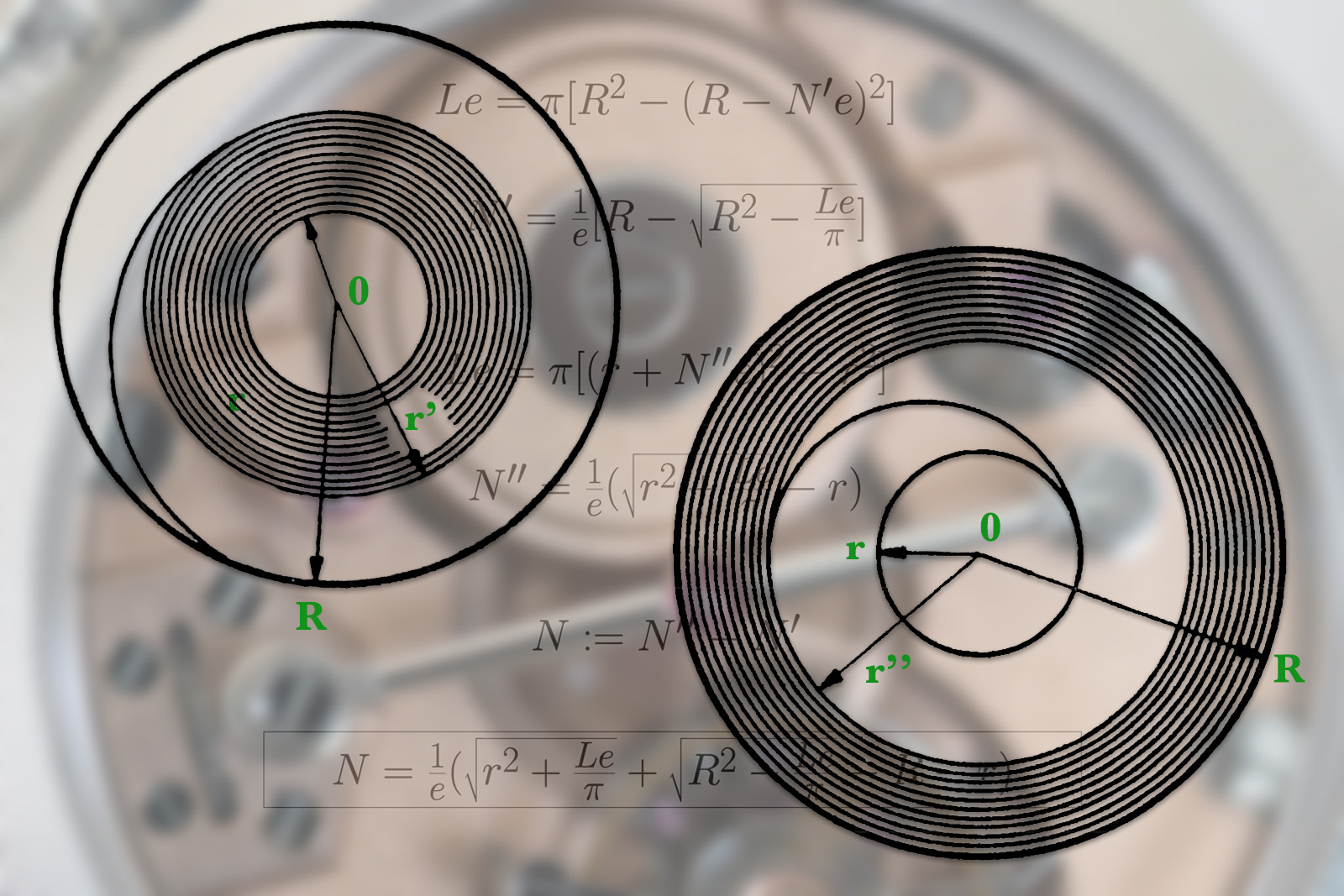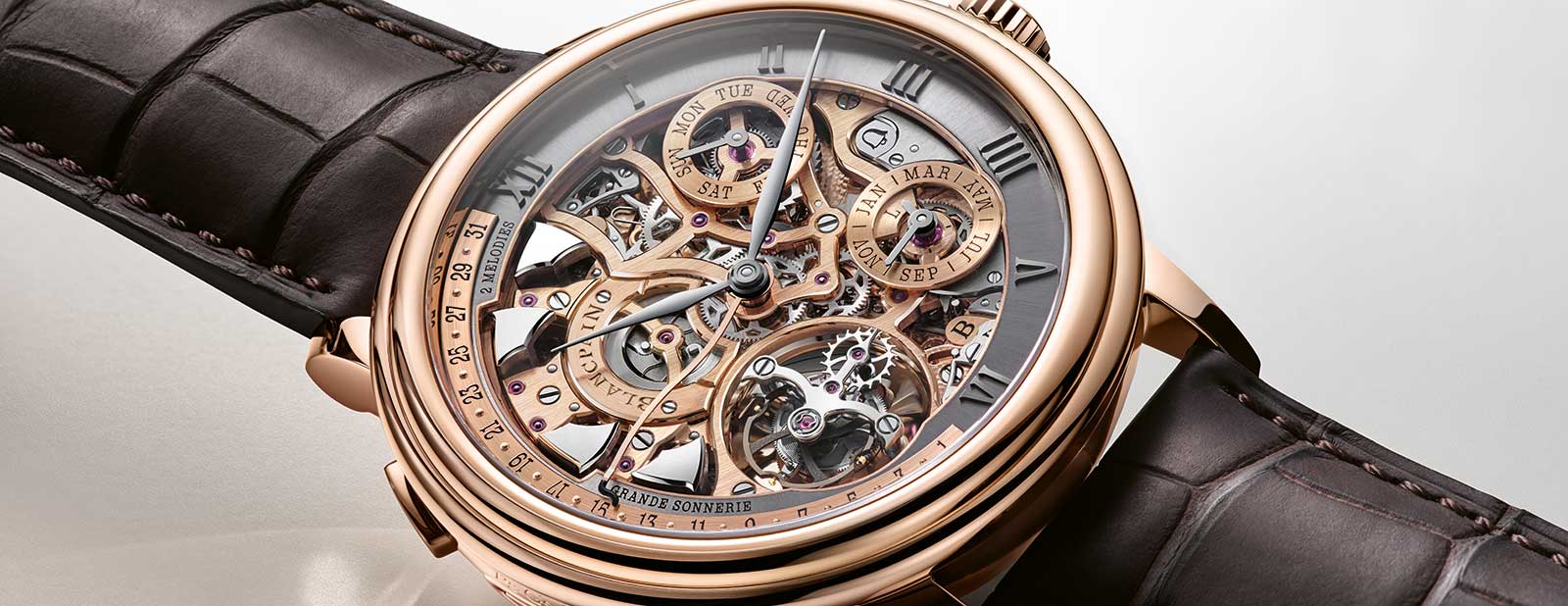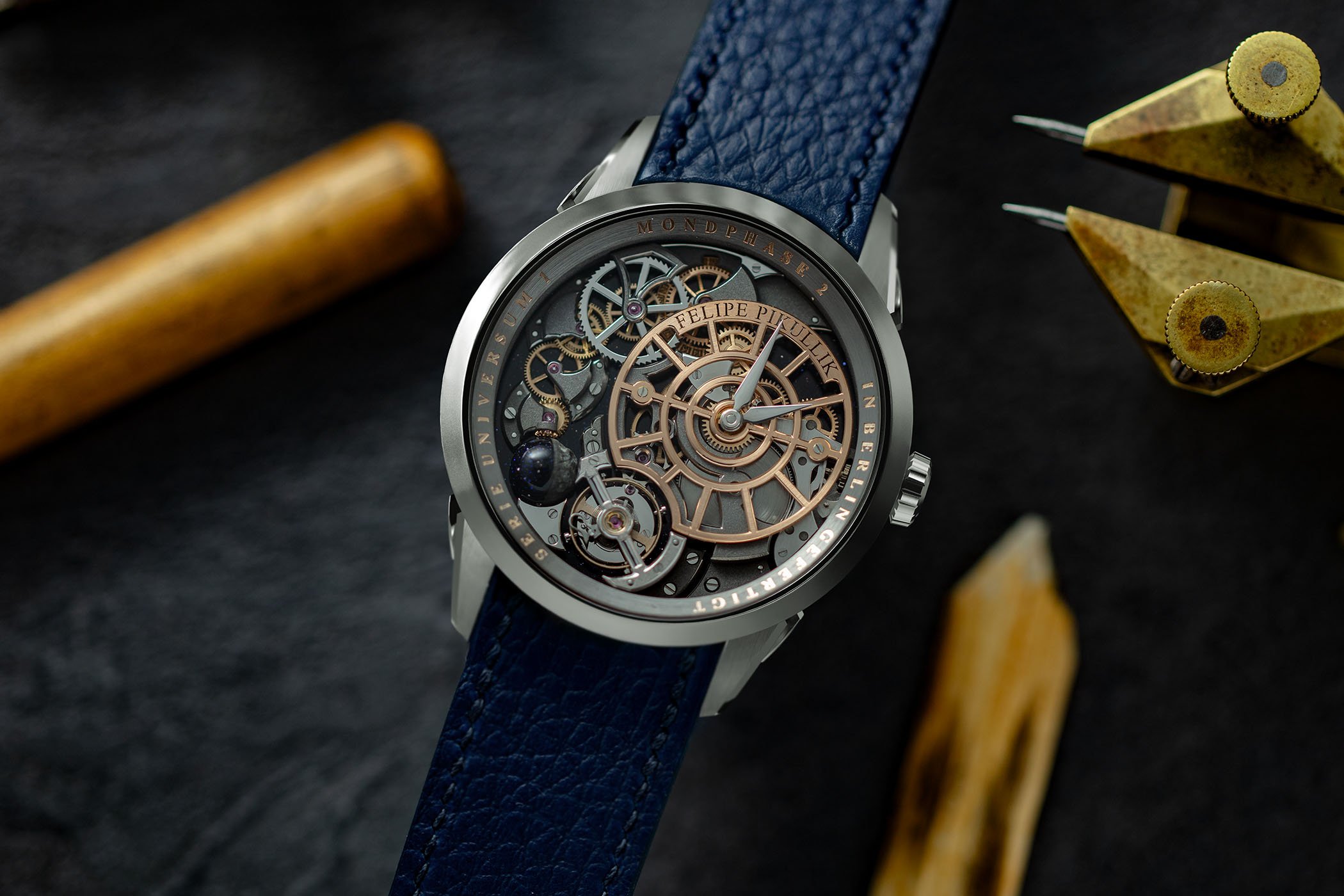In-depth: Balancing Mainspring Dimensions Inside the Barrel

The exploration of mainspring dimensions inside watch barrels reveals the intricate balance required to optimize torque output and power reserve. Mainspring packing, often criticized when power reserves fall short, involves a careful consideration of the spring’s length and thickness, which are constrained by the finite space within the barrel. The mathematical analysis shows that while a longer mainspring allows for a greater power reserve, it must be balanced against the stiffness of the spring, which affects torque. The relationship between these dimensions is complex, requiring a nuanced understanding of geometry and material properties. Further analysis indicates that while a maximum power reserve can be calculated for a given barrel size, achieving maximum stiffness does not have the same constraints. This highlights the trade-offs watchmakers face when designing movements, particularly for high-demand functions like chronographs and tourbillons. Practical applications often diverge from theoretical models due to real-world factors, such as the uneven development of coils and the experience-based adjustments watchmakers make. Ultimately, the quest for optimizing mainspring barrels is ongoing, with multiple factors influencing the design beyond mere mathematical calculations.




